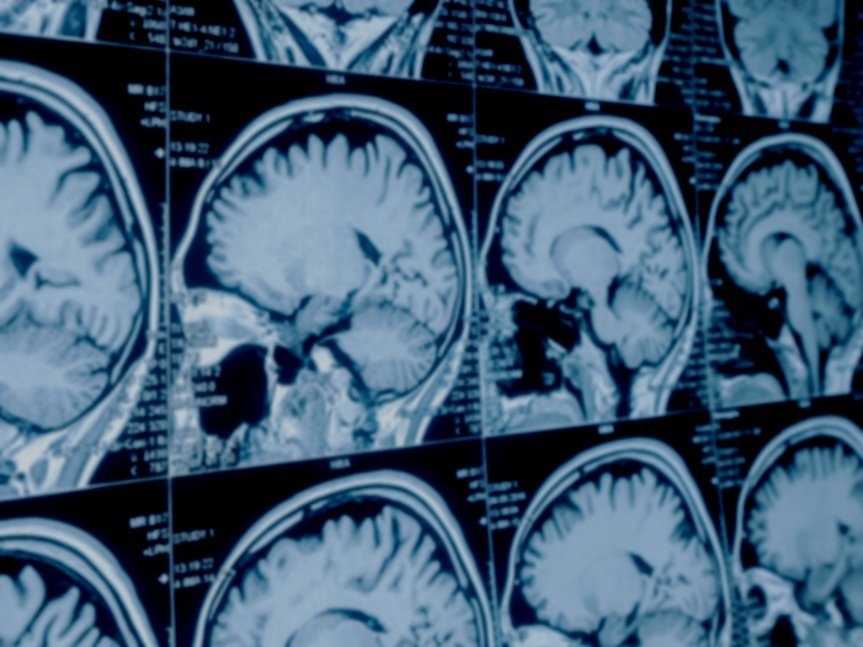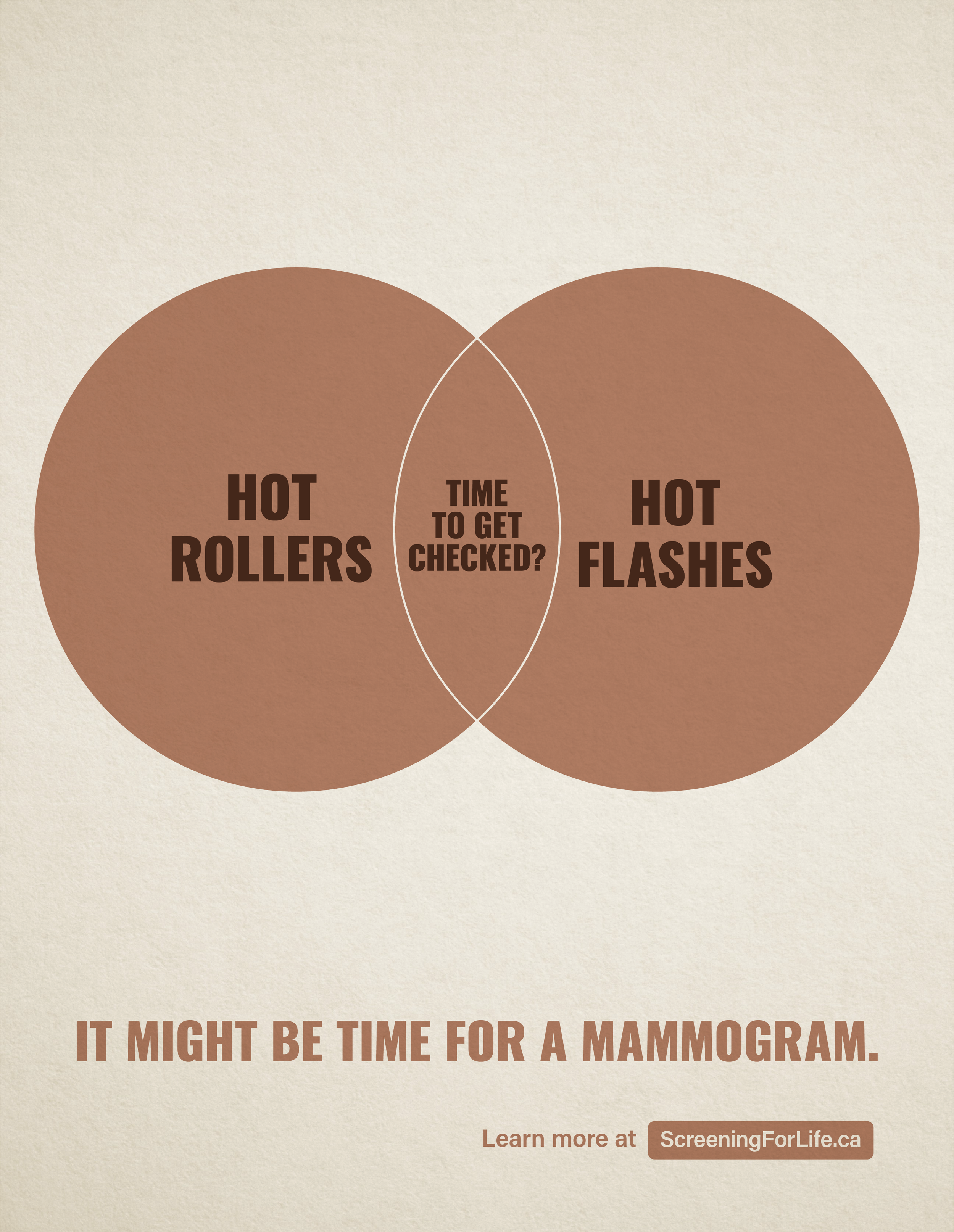
PROMOTING EXCELLENCE IN RADIOLOGY IN ALBERTA.
The Alberta Society of Radiologists is a volunteer, not-for-profit organization proudly representing the majority of Alberta’s radiologists and radiology residents. Founded in 1957, ASR has been at the forefront of promoting excellence in radiology across Alberta for over 65 years. Over the decades, we've grown alongside the healthcare system, advocating for our members to ensure they can provide the best patient care.
Empowering Radiologists and Advancing the Field
WHAT WE DO
ASR works to unite the profession, advocating for the highest standards in radiology services to ensure that Albertans receive world-class healthcare.
ASR provides leadership, education, and advocacy for radiologists in Alberta. The society works to enhance the quality of radiology services through ongoing professional development, collaboration with healthcare partners, and active participation in public health policy discussions.
Members of the ASR stay actively engaged with the medical community on both a local and international scale to best serve their patients.
NEWS & UPCOMING EVENTS
2025 Annual Scientific Conference
Nov 7-9, 2025 Banff, Alberta
We are pleased to announce the Alberta Society of Radiologists’ Annual Scientific Conference – RAD TO THE BONE, will be held November 7-9, 2025, at the breathtaking location of the Fairmont Banff Springs in Banff, Alberta.
Full details available on our Events page.
ASR Was Pleased to Meet With Hon. Adriana LaGrange, Minister of Primary and Preventative Care
May 26, 2025 Edmonton, Alberta
Full details available on our Advocacy page.
BioAlberta’s Annual Policy Forum
February 27, 2025 Edmonton, Alberta
Full details available on our Advocacy page.
MLA Jackie Lovely Visits Guardian Community Radiology Clinic
February 25, 2025 Camrose, Alberta
Full details available on our Advocacy page.
New Screening Campaign for Breast Cancer Awareness Month
The ASR, in partnership with Alberta Health Services and the Alberta Cancer Foundation, has just launched a new campaign encouraging women to check if they are eligible to receive a mammogram and book in for screening if so.
See ads like these up around Alberta for the month of October:







